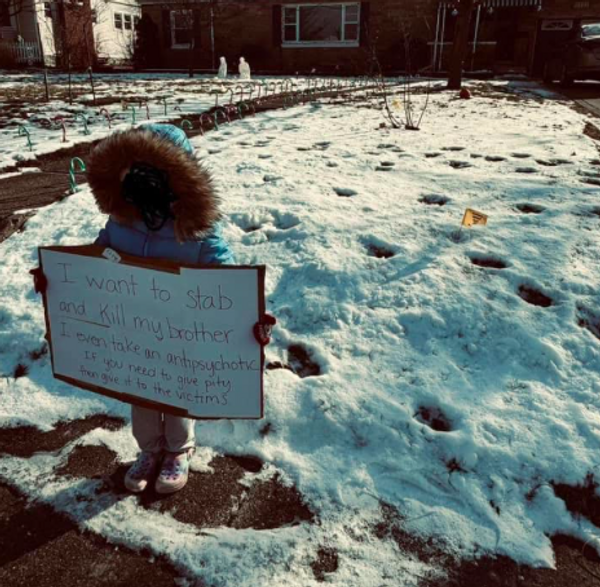
The Labor Department on Thursday reported a 7.7% year-over-year increase in the consumer price index for October, which sparked a massive rally in the SPDR S&P 500 (NYSE:SPY).
What Happened: The headline CPI rose 7.7% in October, down from 8.2% in September, according to data from the U.S. Bureau of Labor Statistics.
The October CPI reading came in below average economist estimates of 8%.
On a month-over-month basis, CPI was up 0.4% versus average economist estimates for a 0.5% jump. Core inflation, which excludes volatile food and energy prices, was up 6.3% in October, which was also below average economist estimates for a 6.5% gain.
3 Experts On What It Means For The Fed: Luke Lloyd, investment strategist and wealth advisor at Strategic Wealth Partners, isn't as convinced as the market seems to be.
Everyone is focusing on the headline number, but people should be paying more attention to the increase relative to the prior month, Lloyd said.
"I don’t feel comfortable saying we are seeing progress in inflation until we get a deflationary, negative month-over-month number," he said.
Big ticket items, like housing and vehicle prices, have come down and are helping paint a prettier picture around inflation, but the items that impact middle-class consumers the most, like groceries and energy, are still trending up, he said.
"When you look behind the scenes, things still don’t look pretty. At the end of the day, prices are still rising for the majority of Americans and what they are spending their money on," Lloyd said.
Related Link: October Inflation Cools To 7.7%, Stocks Sprint Higher: What You Need To Know
Bill Adams, chief economist for Comerica Bank, took a more positive stance following Thursday's CPI print.
"Finally, some good news for the economic outlook," Adams said.
"If inflation continues to moderate in the November CPI report, which will come out right before the Fed’s last decision of the year, it will probably be enough for the central bank to switch from 0.75 percentage point rate hikes to a smaller 0.50 percentage point hike."
On the other hand, Adams also highlighted rising energy prices and predicted that consumers in the northern half of the U.S. will get "slammed" with higher heating bills, which in turn should cause discretionary spending to pull back further.
Still, financial markets are now expecting the fed funds rate to peak below 5% in the first half of 2023, down from an anticipated peak of over 5% yesterday, he said.
"If the Fed doesn’t have to tighten as aggressively, the economy will weaken less, and headwinds for stocks will be smaller," Adams said.
Robin Brooks, chief economist for the Institute of International Finance, echoed a similar sentiment and called for a Fed pivot at the central bank's next meeting.
He shared a chart on Twitter comparing the combined weight of items in the U.S. CPI on a month-over-month basis with the lagging year-over-year headline number.
"The US just isn't an overheating story anymore. Time for a dovish Fed pivot for sure now," Brooks said.
SPY Price Action: The SPY was up 4.7% at $391.71 Thursday afternoon, according to Benzinga Pro.
Photo: Anja from Pixabay.







